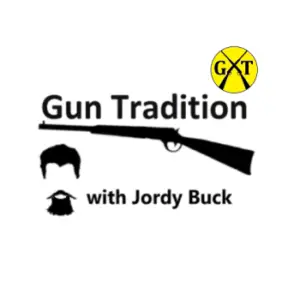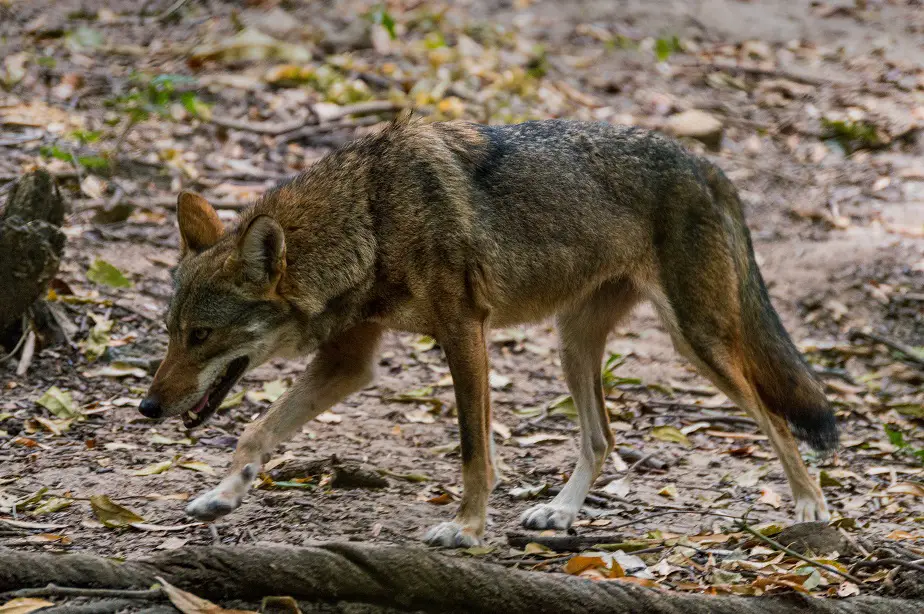Coyote is highly addictive and tons of fun. With a few tips and tricks, you’ll be on your way to becoming a coyote slayer!
Hide Your Outline
This is one of the biggest parts of a successful daytime hunt. More important than choosing the right camo is simply hiding your human shape. A coyote well knows the shape of a person and they don’t like it at all. A good hunting location needs a good hiding spot.
Sometimes we can simply bring a hiding place to the field. A lot of hunters use various types of blinds, and they work. But, a big blind can also scare away a game it looks out of place or doesn’t blend in. A good blind for coyote hunting should be short, Match the immediate surroundings, and be partially concealed in some natural cover like brush a rock pile, or tall grass. You don’t want a blind to stand out.
Simply leaning or sitting against a tree will break up your outline pretty well. Laying down, or sitting in tall grass will get rid of that nasty silhouette that scares off every canine. Good camo helps too. In my opinion, most camo is too dark for most hunting. Be sure your camo fits with the base colors of your hunting area by being neither too bright nor too dark. Camo face paint can be a lifesaver on the hunt because white skin can really stand out.

Use a Distress Call to Lure Them from a Distance
The staple part of Coyote hunting, besides a gun, is a call. You almost always need a distress call to catch their attention and draw them in. The most popular distress calls are the Cottontail in distress and the fawn bleat. The cottontail in distress call has been the standard option for many decades.
The cottontail is generally good year-round, but a fawn bleat is very popular during the spring season. To really learn how to call, listen to recordings, or watch youtube videos of the pros. Mimic the most natural sounds you can.
It’s a shriek, piercing scream-type sound, that coyotes know well. It’s generally made when a coyote catches a rabbit. the only real reason it works is that they associate it with food. they get to eat a rabbit after every time they hear a rabbit scream.
Many times, they run right into the call. Some coyotes are wary and approach it slower or after a few minutes. That’s because they figure another coyote just caught a rabbit and they might come by at the end to look for scraps on the carcass. if a coyote isn’t coming in close yet, don’t push it.
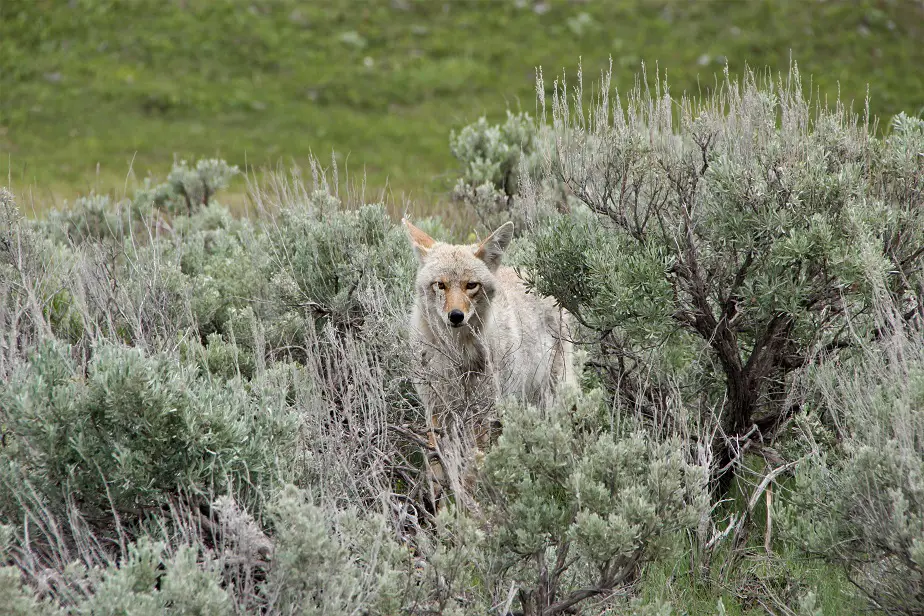
Used a Mouse Squeaker Call to Bring Them Close
The mouse squeaker is a much quieter call. We use it in bursts of short squeaks to lure a coyote in a wary coyote. The mouse squeaker is a lot quieter than distress calls and that works in your favor. it’s more of a tempting call. they now have to investigate further to see what’s going on. It really helps to coax in the older, more wary coyotes.
Mouse squeakers come in two types, a mouth call, and a squeeze call. I only recommend the squeeze call. Both have the same inner squeaker, but the squeeze cal is much simpler. All you have to do is give it short squeezes. I recommend this call because I can tape it to the side of my rifle and use the call with my rifle up in the shooting position.
A Wide Brimmed Hat Will Keep Rain off Your Face and Neck
Rain rain go away. I hate Hunting in the rain and I really hate the rain running down my neck. I bring a basic brimmed hat like a boonie takes care of the problem. you can get a decent camo boonie for around $20 on Amazon. It’s great if your jacket has a hood, but a nice wide brim will keep a lot of rain off your head and out of your eyes.
Another thing that really helps make the best of a rainy hut is waterproof boots. Leather boots can be waterproofed by applying sent-free petroleum jelly and allowing it to soak in. Then there are socks. Moisture-wicking socks (anything non-cotton) will help your feet stay dry.
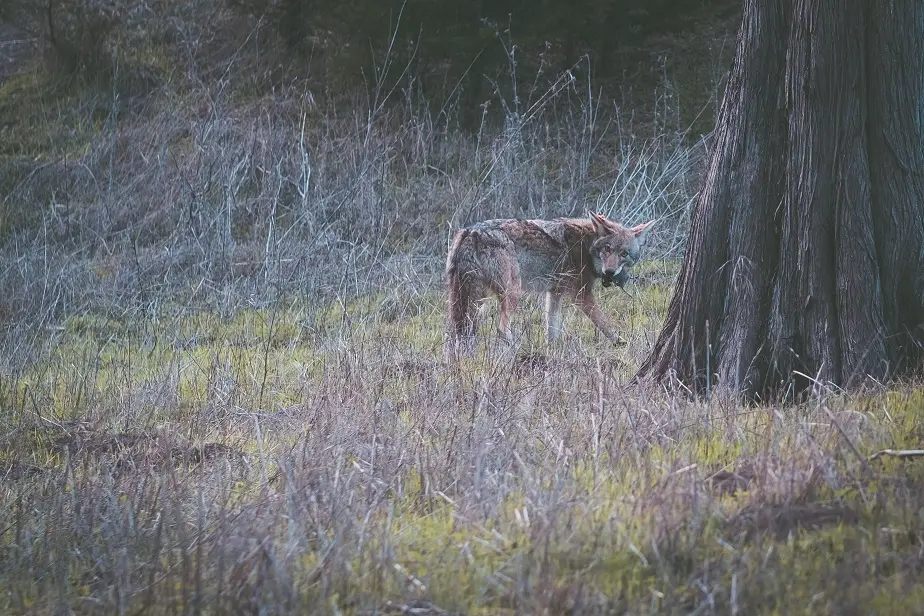
Electric Calls Are Nice, But not Necessary.
Lately, we’ve been talking a lot about electric calls. they range in price from about $100 all the way up to $500! A lot of them come with a remote, and even a dust bunny-looking decoy that will thrash about during the calls. Often, they are recommended to beginners so you don’t have to learn to call.
Not only do I prefer calling the old way, I see electric calls as a financial barrier for many people getting into the sport of predator hunting. The cheapest mouth calls are around $8. You can get a fine one for $11. You don’t have to go out and drop big dollars to get out and have success n the field.
Electric calls are nice because the call keeps going as you raise your rifle, but they aren’t a necessity. Learning how to call isn’t hard. Just listen to recordings of natural sounds and try and replicate them. With a little practice, you’ll figure it out quickly.
A Shooting Bipod Will Steady Your Rifle for Precise Shots
Coyotes are small animals, weighing between 20 and 50 pounds depending on your state. They also don’t like to sit still and wait for you to steady your rifle to make a perfect shot. A Shooting bipod ot tripod will greatly improve your marksmanship in the field.
The good kill zone on a coyote is only about 4 inches. Making a perfect shot a moving coyote while firing off-hand can be next to impossible. Even something as simple as resting your gun on a backpack will help you make those hard shots. the really nice option is a tripod with a swivel.
They are steady and can turn 360 degrees around to follow a moving varmint or cover a wide shooting area. They will take some practice to use them smoothly though.
Use Rapidly Fragmenting Varmint Bullets to Save the Hide
Do you want to save the hide? Whether you want to tan it yourself or sell it to a fur buyer for $20, you don’t want an exit wound. Exit wounds are usually pretty large, destroying the grade of the fur. Bullets like Speer TNT and Hornady V-Max virtually never leave an exit wound.
Both are premium bullets and are generally some of the best shooting you can find. They are also expensive, often costing $1.50 or more per bullet. There are cheper optins. Hornady has a non-bonded soft point bullet in .223 made for varmints and predators up to coyotes. They call it a Spire Point bullet and load it in their cheaper Frontier line of ammo.
It’s still very explosive but does often retain enough energy to pass through a coyote. That’s the best cheaper option out there. You can use an FMJ for population reduction, but it will be had to recover many of them because fmj ammo doesn’t make a big hole in a small animal.
Lights do not Work as Well as Cheap Night Vision
When I first started coyote hunting, night vision was still futuristic and people were trying to use spotlights to light up the hunting area when they thought a coyote might be there. It never worked well. If you want to hunt coyotes after dark, you need at least night vision.
The best part is that it’s several times cheaper now than it was years ago. You can get a functional night vision scope for $450. The Sightmark Wraith is the best starting point for night vision scopes. It works great to a bit past 100 yards, and maintains some functionality out to 300 yards, depending on the weather.
If you really want some of the best, you need to look at thermal scopes. Thermal will help you see things you never knew were there. They are expensive and really nice, but they don’t always tell you if there is brush between you and your target. For most hunters, a Sightmark Wraith will be perfect for nighttime hunts.
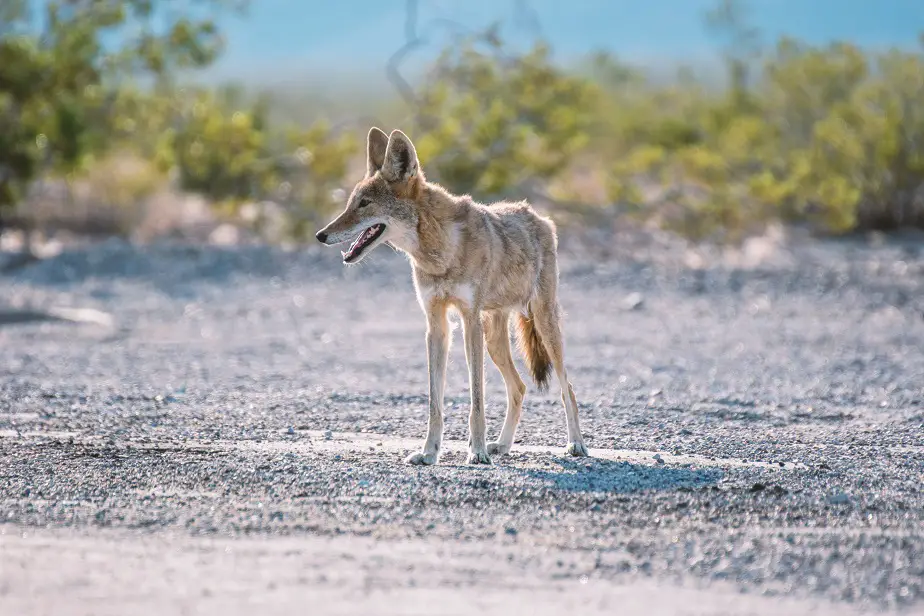
Shoot for the Lungs, not the Shoulder
If you are using a lightweight varmint bullet, you want to try and avoid the shoulder if possible. The muscle and bone of the shoulder can cause the bullet to fall apart before it’s penetrated the chest cavity. That’s called splashing. Often, it leaves a wounded animal out in the brush. Ss ethical hunters, let’s try and avoid that.
The sweet spot is about 2 inches behind the shoulder. That will help avoid splashing and wounding an animal. Sometimes, the head is a preferred shot. Usually, only if the animal is fairly close and facing the hunter head-on.
Use Unscented Soap Before a Hunt
Coyotes are great smellers. no, they don’t stink, but they probably think you do. Wash with unscented soap or just hot water. you can make unscented launder detergent by taking a handful of salt, add some Borax and baking soda. Scented soap can leave quite the scent trail. At the same time, don’t smoke, vape or handle anything odorous before or during a hunt.
Watch Downwind for Coyotes
Coyotes will usually approach a call from downwind with their nose in the air trying to get a whiff of something as they get close. They tend to follow cover when they can, then move to a downwind position before approaching your setup.
This doesn’t mean that they always will. We’ve all had some surprises. Once in a while, they just seem to forget how they’re supposed to act and end up just charging right in.
Skip the Morning Coffee
I love my coffee, and lately, I doubt I could function without it. It’s not the coffee itself that posed a threat, but the caffeine. Caffeine makes you restless and jittery. It also increases the heart rate. Olympic shooters are not allowed to drink coffee during training or competing season. Caffeine just makes people get twitchy. It also reduces your ability to concentrate, making precision shots tougher.
Bring Extra Ammo
Extra ammo is always good for any hunt. Ammo can get lost or you could end up with a bad batch. Things happen. You may end up with three or four coyotes coming in and miss with the first few shots. Extra ammo is always a must.
An ammo pouch or small shell holder is handy to keep extra ammo. In states without a magazine capacity limit, you have it easy. Many states require a 5 round or smaller magazine. If I could carry a full-sized magazine, that’s all the ammo I’d ever need in a single hunt.
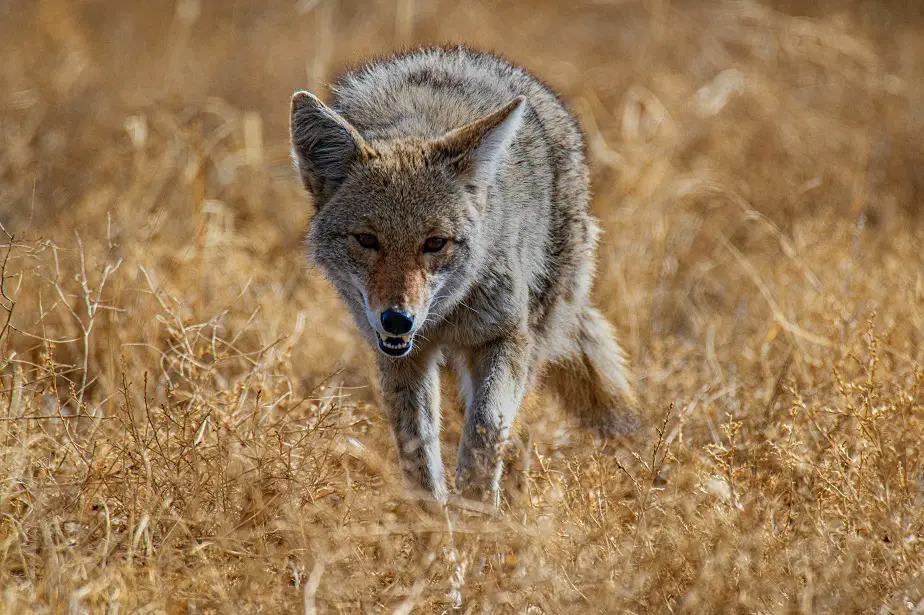
Range Your Hunting Area
This one is very important! You need to know your range. first, you need a rangefinder. A cheap one is probably just fine. The cheap Simmons sells for around $100. What you need to do is go out to a hunting location with a pal. Have your buddy way out to where he thinks he 100 yards is. Do you agree or disagree with his estimate? Range find it and see who’s right
After a bit of practice, you’ll have a good idea of things. If possible, put large rocks or other markers at the 100 or 200, yard mark just so you can know your effective range. This really helps your overall hunting experience.
Stop Calling So Much
So, you’ve got your call and gear, and you let er’ wail. You go and go and eventually turn blue. And what’s worse is no coyotes! Possibly the most common mistake made is too much calling. Call for maybe 30 seconds, wait a minute, and call again. After that, only do a series of calls every 5 minutes or so.
If you call too much, you’ll wear out and lose your technique. The sound won’t be convincing to a coyote because it doesn’t sound quite right to them. If you’re sitting in the same spot for a while, you can take a 15-minute break from calling. It’s okay. Don’t overdo it
